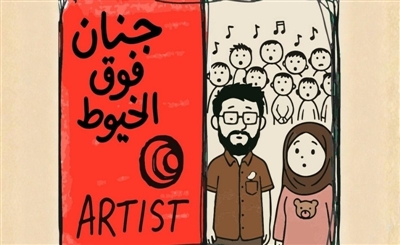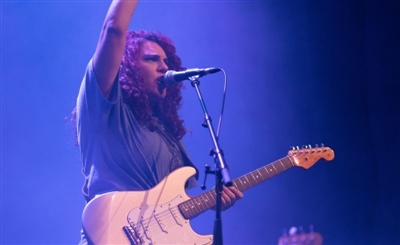Dusting Off 80s-90s Cassette Tapes, Retracing Arab Music
An exploration through the visual memory of Arabic pop music across the 1980s-1990s cassette tape covers.
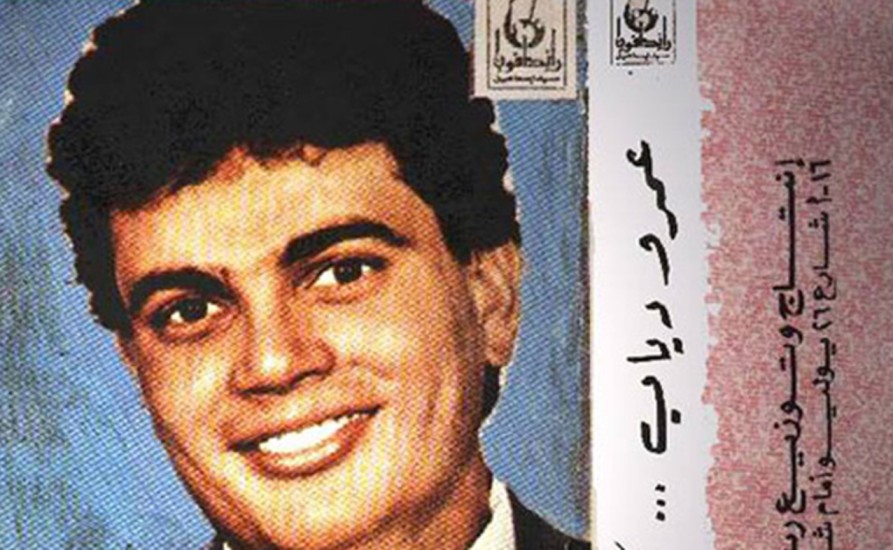
Long before streaming platforms revolutionised and democratised music production, a miniature object captured a new wave of music and pop culture, carrying sounds that wouldn’t have existed otherwise, the cassette tape. Cassettes first gained popularity in the Arab world during the 1970s, and as with every new medium, artists found ways to leave their mark on it, both visually and sonically.
-686dba24-c508-4d5d-a5c6-77dceace7a62.JPG)
.jfif-7f7c6316-d948-4da4-b368-de1565f768b4.jpeg) The era was known for the rise of Arab pop, driven by playful lyrics and tunes tucked within vibrant kitschy cassette covers capturing the visual culture. At times certain cassettes that were deemed sleazy or “low brow” were disguised within fake covers to hide content that was otherwise blacklisted by airways. Despite being blocked from radio and TV when he was getting his start, Shaabi star, Ahmed Adaweya was able to spread his music rapidly due to the medium’s low cost of production and accessibility.
The era was known for the rise of Arab pop, driven by playful lyrics and tunes tucked within vibrant kitschy cassette covers capturing the visual culture. At times certain cassettes that were deemed sleazy or “low brow” were disguised within fake covers to hide content that was otherwise blacklisted by airways. Despite being blocked from radio and TV when he was getting his start, Shaabi star, Ahmed Adaweya was able to spread his music rapidly due to the medium’s low cost of production and accessibility.
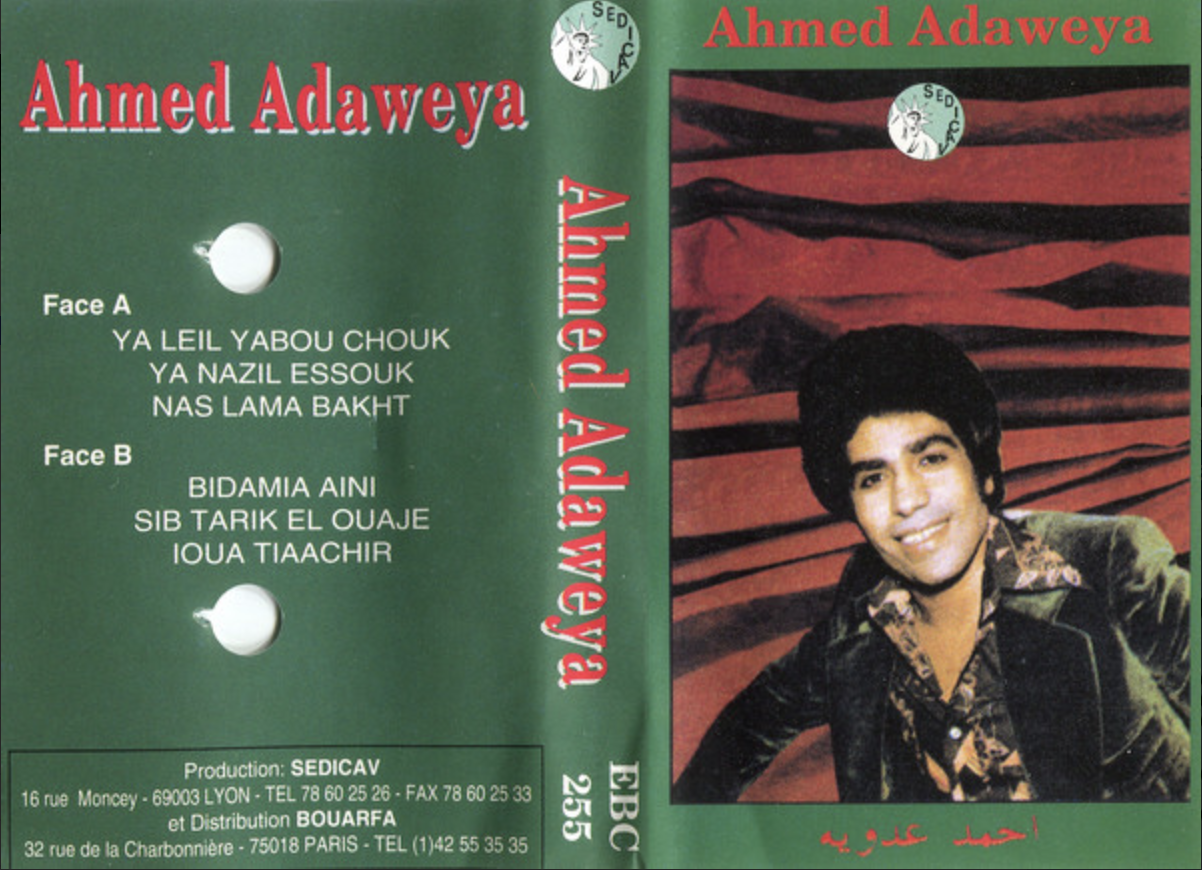 “The sonorous material on tapes did not always match the art adorning them. Some disguised pirated cassettes within the covers of authorised recordings,” Andrew Simon, historian and author of "Media of the Masses: Cassette Culture in Modern Egypt’, tells SceneNoise, “Copies of the latest songs, for example, were at times advertised as Qur’anic recitations.”
“The sonorous material on tapes did not always match the art adorning them. Some disguised pirated cassettes within the covers of authorised recordings,” Andrew Simon, historian and author of "Media of the Masses: Cassette Culture in Modern Egypt’, tells SceneNoise, “Copies of the latest songs, for example, were at times advertised as Qur’anic recitations.”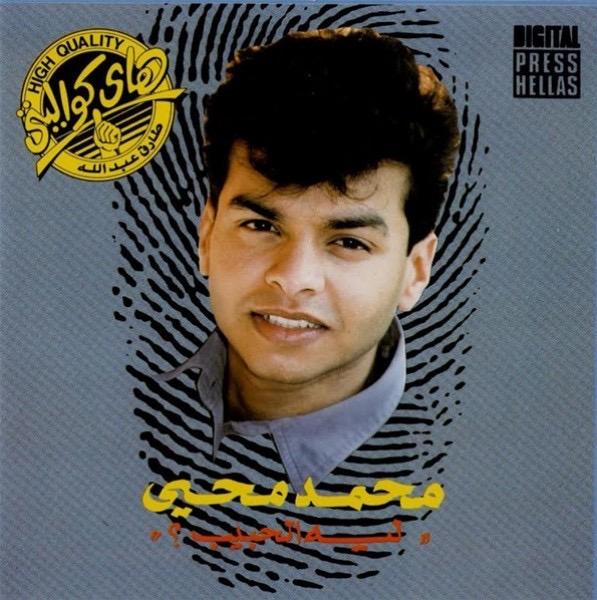
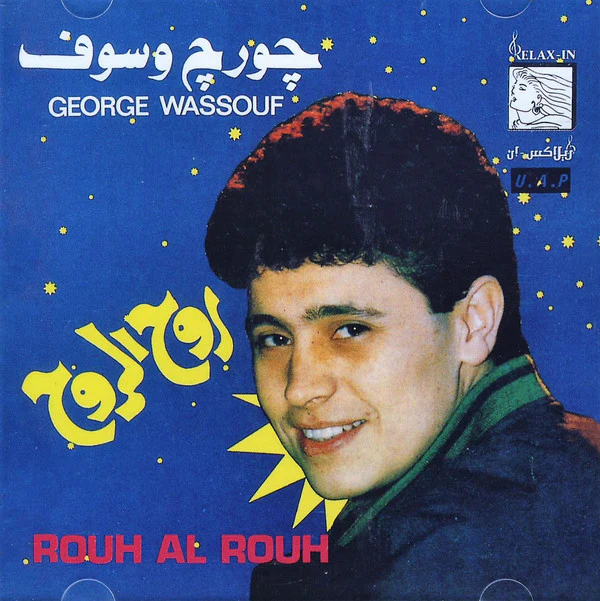 And so the cassette sleeve nestled in crowded kiosks superseded its advertorial mission and became a method to make frowned upon music accessible, allowing artists the space to communicate with their audiences. From the unique aesthetic choices, covers also became a way to prevent piracy facing musicians and producers for the first time after cassettes decentralised music.
And so the cassette sleeve nestled in crowded kiosks superseded its advertorial mission and became a method to make frowned upon music accessible, allowing artists the space to communicate with their audiences. From the unique aesthetic choices, covers also became a way to prevent piracy facing musicians and producers for the first time after cassettes decentralised music.


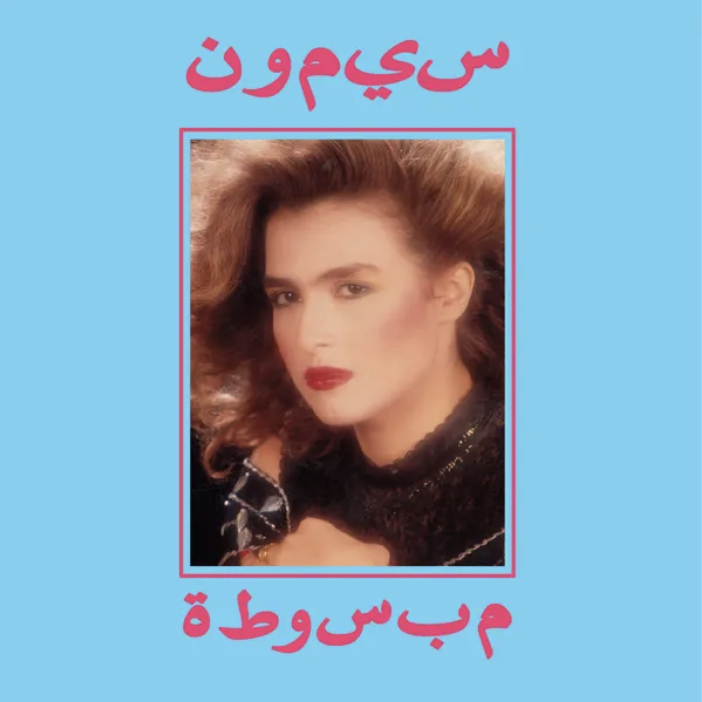
- Previous Article test list 1 noise 2024-03-13
- Next Article Adriatique & Cercle Host Electronic Music Event at Hatshepsut Temple
Trending This Month
-
Nov 24, 2025



